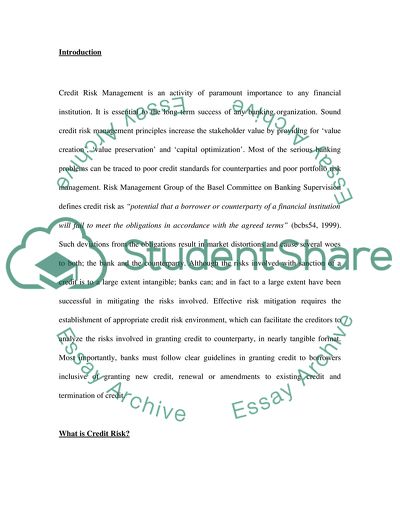Cite this document
(Bank Lending - Principles for the Management of Credit Risk Coursework, n.d.)
Bank Lending - Principles for the Management of Credit Risk Coursework. Retrieved from https://studentshare.org/finance-accounting/1706509-bank-lending-principles-for-the-management-of-credit-risk
Bank Lending - Principles for the Management of Credit Risk Coursework. Retrieved from https://studentshare.org/finance-accounting/1706509-bank-lending-principles-for-the-management-of-credit-risk
(Bank Lending - Principles for the Management of Credit Risk Coursework)
Bank Lending - Principles for the Management of Credit Risk Coursework. https://studentshare.org/finance-accounting/1706509-bank-lending-principles-for-the-management-of-credit-risk.
Bank Lending - Principles for the Management of Credit Risk Coursework. https://studentshare.org/finance-accounting/1706509-bank-lending-principles-for-the-management-of-credit-risk.
“Bank Lending - Principles for the Management of Credit Risk Coursework”. https://studentshare.org/finance-accounting/1706509-bank-lending-principles-for-the-management-of-credit-risk.


